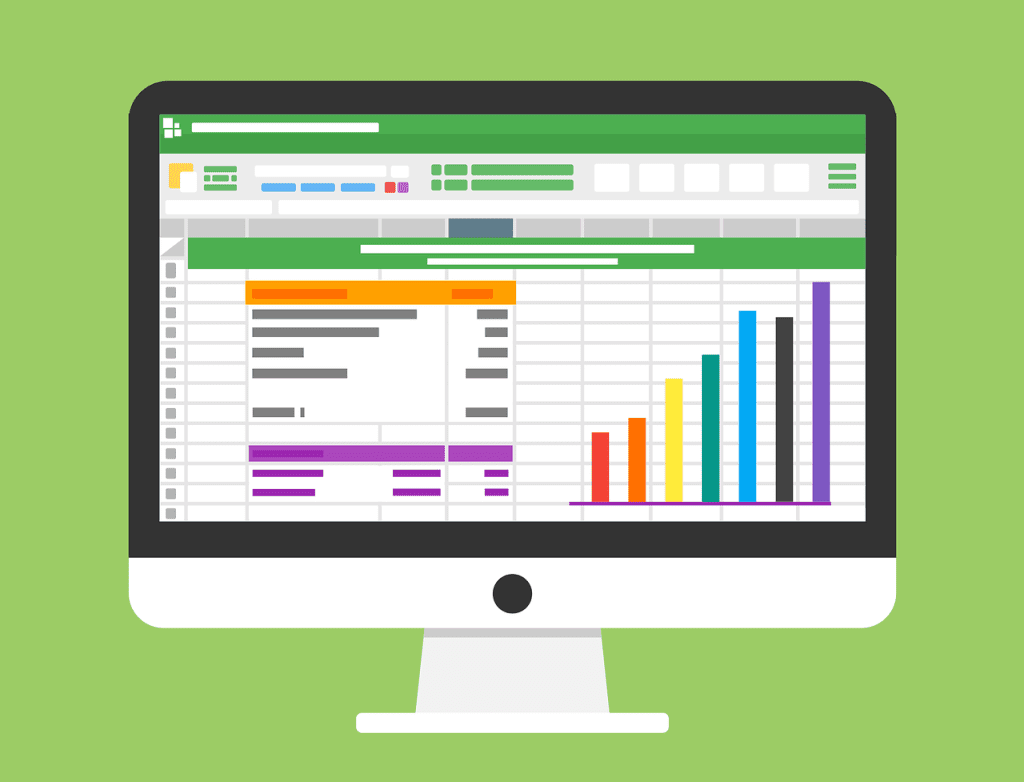Are you looking to be a data-driven marketer? If so, then you’ve come to the right place. In this blog post, we’ll give you some advice from The Marketing Folk on how to become a data-driven marketer. After reading this, you’ll have a better understanding of what it takes to be a data-driven marketer and how you can use data to improve your marketing efforts.
What is a Data-Driven Marketer?
A data-driven marketer is someone who uses data to inform their decisions. This means that they don’t just rely on their gut instinct or intuition when making decisions about marketing campaigns or strategies. Instead, they use data to help them understand what’s working and what’s not, so that they can make more informed decisions that will ultimately lead to better results.
Why Use Data?
Using data has a number of advantages when it comes to marketing. First, it allows you to make more informed decisions. Second, it helps you understand what’s working and what’s not so that you can make changes accordingly. And third, it helps you track your progress over time so that you can see how your efforts are paying off.
How to Use Data
Now that we’ve answered the question “what is a data-driven marketer?” and explained why you should use data, let’s take a look at how you can use data in your marketing efforts.
There are three main ways that you can use data in your marketing:
1) To segment your audience
2) To personalize your content
3) To measure your results
Let’s take a closer look at each of these:
1) Segmenting Your Audience: Segmenting your audience simply means dividing them into groups based on shared characteristics. This allows you to target each group with more relevant and personalized messages that are more likely to resonant with them. For example, if you’re selling T-shirts, you might segment your audience by gender, age, or location.




2) Personalizing Your Content: Once you’ve segmented your audience, the next step is to personalize your content so that it’s relevant to each group. This can be done in a number of ways, but some common methods include using dynamic content (content that changes based on the reader’s characteristics), personalization tokens (placeholders for specific information like the reader’s name or location), and/or A/B testing (showing different versions of content to different readers).
3) Measuring Your Results: The final way that you can use data in your marketing is by measuring your results. This includes things like tracking website traffic, conversion rates, leads generated, and sales made. By tracking these metrics, you’ll be able to see which activities are driving results and adjust your strategies accordingly.


Final Thoughts
Data should be at the heart of everything that you do in marketing. In today’s digital world, there’s no excuse for not being able to track progress and adjust course based on real-time feedback. If you’re not using data in your marketing efforts, then you’re falling behind the competition. So, start collecting data today and put it to work for your business!
There’s no doubt about it—data should be at the heart of everything marketers do these days. Being able to track progress and adjust course based on real-time feedback is essential in today’s digital world. If you’re not using data in your marketing efforts, then you’re falling behind the competition—plain and simple. So, if you want to stay ahead of the curve (and who doesn’t?), then start collecting data today and put it to work for your business!